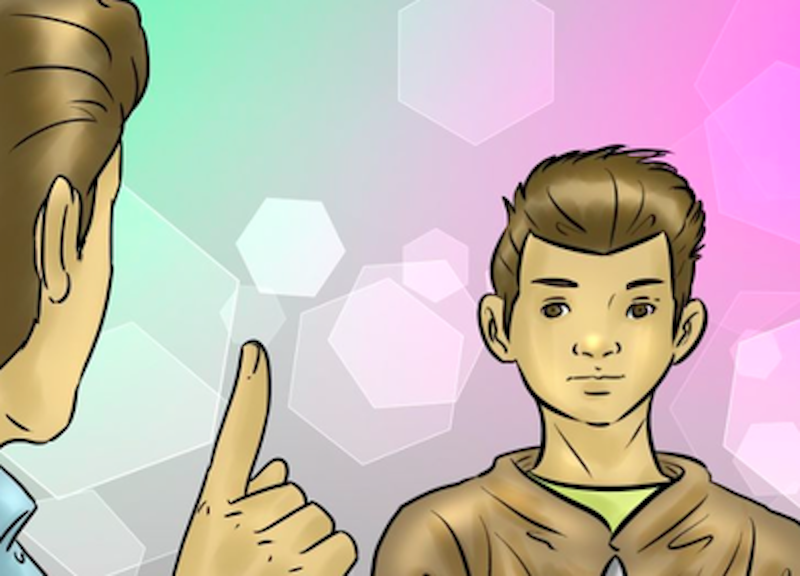I’ve always wanted to pin down this idea, and here it is. It seems to me that old and young accuse each other of different sorts of stupidity. A teenager looks at dad or mom and sees someone locked into a routine. The poor fool can’t feel the moment as he or she lives it. Choices made long ago have grown high and thick and closed together. Now everything belongs to habit: behavior, ideas, all of it. The old think they’re thinking, but their mental habits are sloppy. Everything they accept as real is a carbon of another carbon, and so on back to a forgotten time when the person lived instead of droned.
Whereas the old think the typical youth can’t see past his or her nose. You might as well watch somebody running about in a paper bag with no eye holes. The poor fool is doomed. And noisy. Oh, the dramas, the reports. The resolutions and new chapters. The pronouncements and rebukes. The lunging—really that’s the worst. They dive after bait like they’d never seen it before, because they haven’t. By bait I mean conversational bait—the chance to shine, the chance to score. You live a moment as Birthday Boy or Girl, or somebody else looks dim or unaware or not up to snuff. Adults love those moments too, and the weaker adults snuffle after them, carefully choosing their moments. But the kids, as noted, lunge. Being around the young reminds one that humans don’t develop moral bones as soon as they might. There’s a good deal of invertebrate squirming, and the squirming gets frenetic when the bait shows up near the fool’s nose.
Most often the bait dances away from their nose again. The kids might bother to see a little ahead and realize that the bait is bait, and that the desired moments make problems. (For instance, people don’t like looking foolish.) But the kids don’t see ahead. Their horizons are abrupt and limited and center pretty much around bait and the given teenager’s emotions.
You see I have a lot more to write about the foolish young than the foolish old. Yet, on looking through my life, I find that both camps have been irritating enough. I suppose that circumstances make it easier for me to describe the kids. My present foolishness is full upon me, and it’s that of the drone who lives out patterns rather than choices. A teenager might see too vividly—that break-up or moonlit daisy might clang them in the face like a saucepan—but the dull repeater doesn’t see. So I have on hand my memories, which contain some color, and my present, which is a woolen heap of Now piled before me and after me, never to go away and never to change.
DVD corner. Those lips, that indented bulge of a chin: the young John Travolta had a face like a rubber appliance. I guess he still does, but now it’s a melted rubber appliance atop a heap of clothing. Seeing him in Saturday Night Fever (1977) is a reminder of how much time has gone by. At 22, shirtless Travolta shows not just that he’s changed but that our standards have changed too. The kid has a fine body, but it looks human and not engineered. The lean muscle is strung over a skinny frame. Half a decade later, in the forgotten Staying Alive (1983), he displayed the machine-trained clusters of large, small and tiny muscles that today are considered the norm for a top-class bod displayer. In Fever his armpits don’t look like they’re hatching baby muscles. He primps in the mirror while his Pacino poster looks on and we get a glimpse of bod prehistory.
—Follow C.T. May on Twitter: @CTMay3

